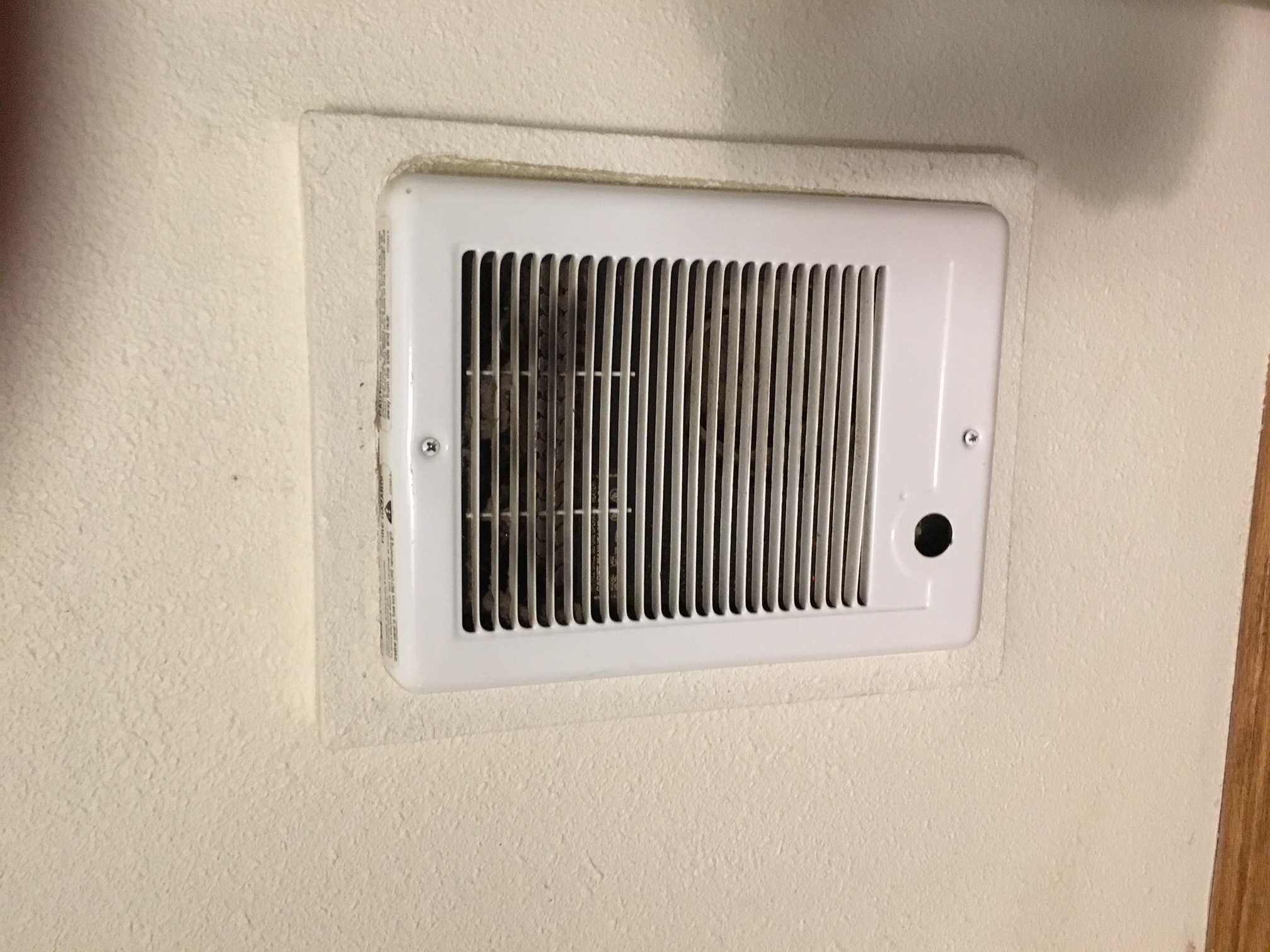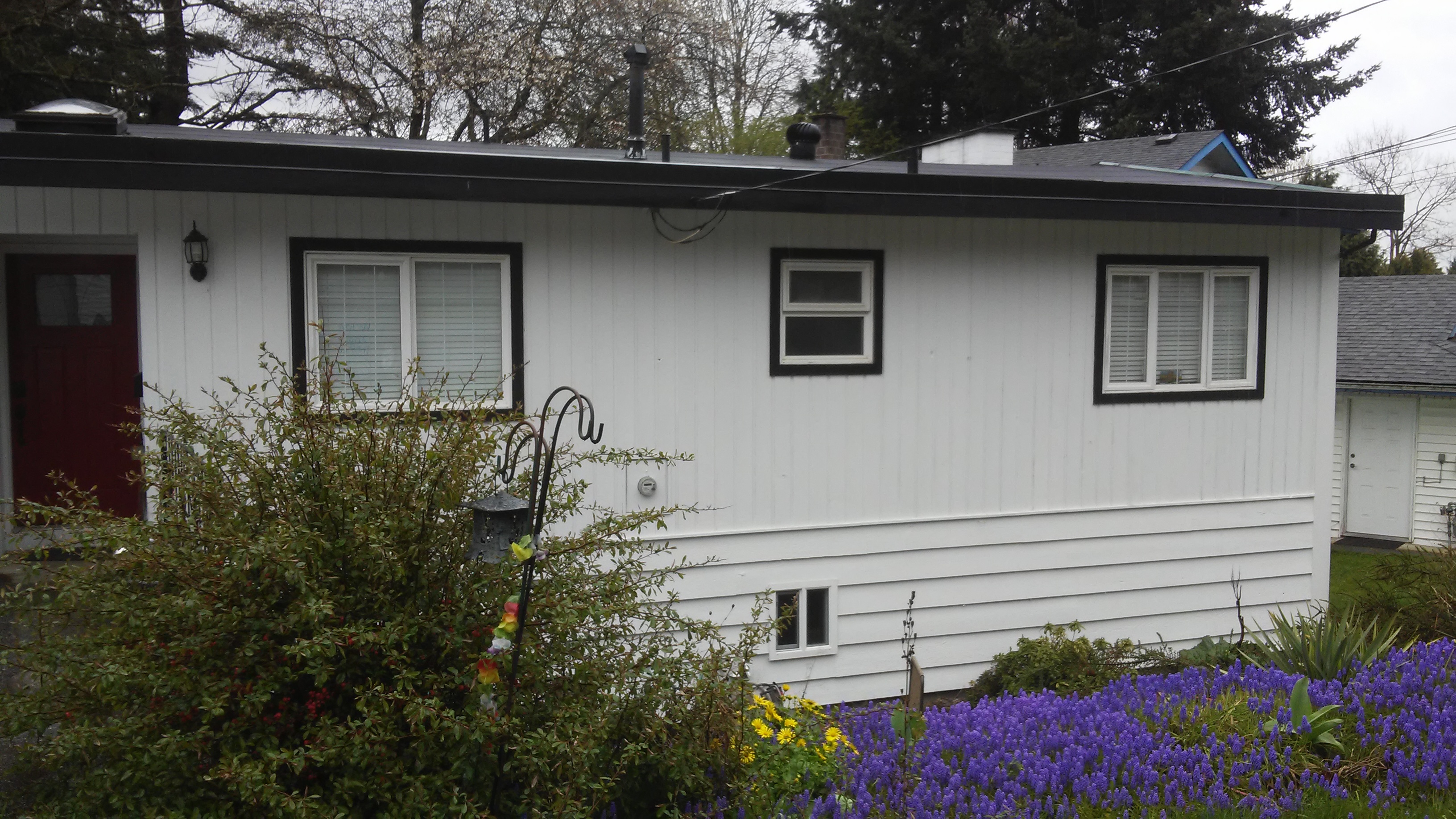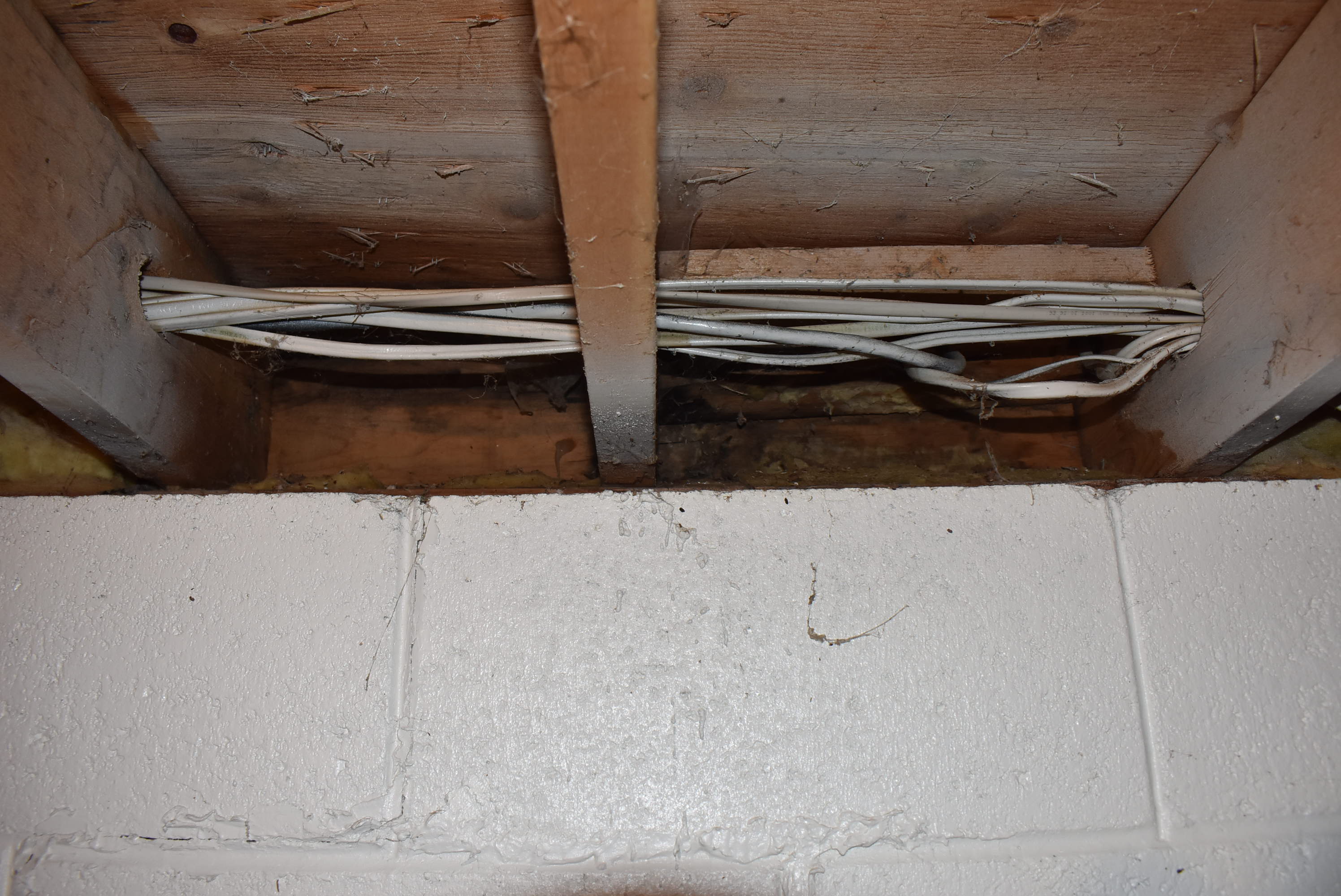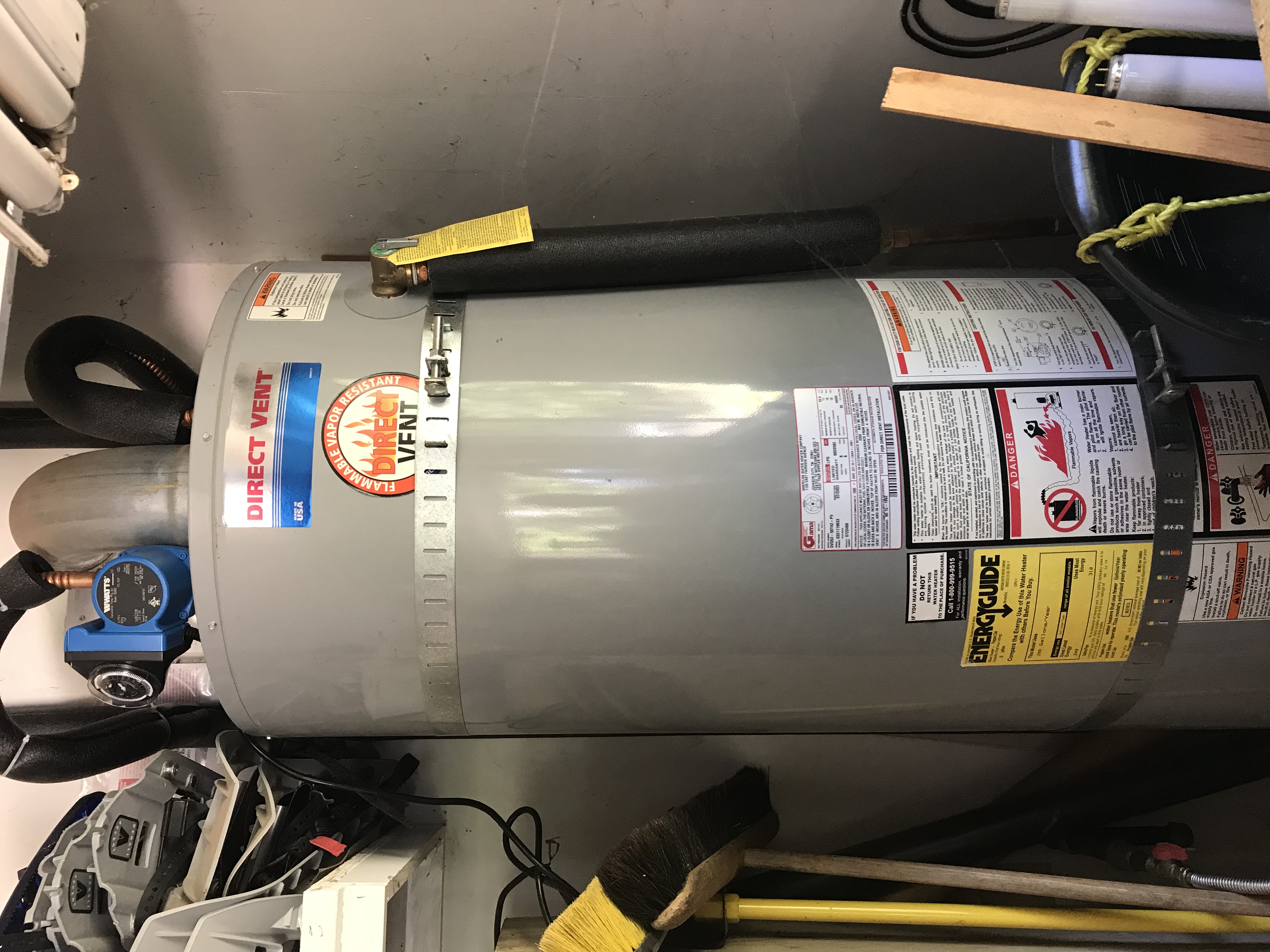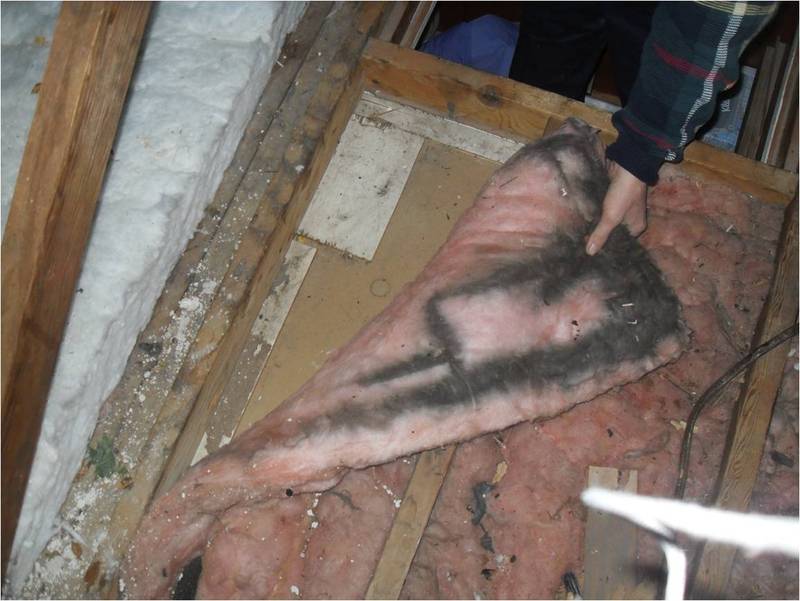In order to make the appropriate decisions when upgrading your house to become energy efficient; the homeowner will need to start with an energy audit. The one thing that I think is important is for the energy auditor to be independent of the contractor. This will help ensure that the client is receiving a fair and honest assessment. For me as a homeowner, it would be much more believable to have an independent energy audit done; instead of the contractor doing it himself.
This is a picture of moisture intrusion into a basement. Investigation found that the water source was a disconnected downspout at this corner of the home. there was erosion of the soil at this corner below the downspout. water pooled here and ran down the wall.
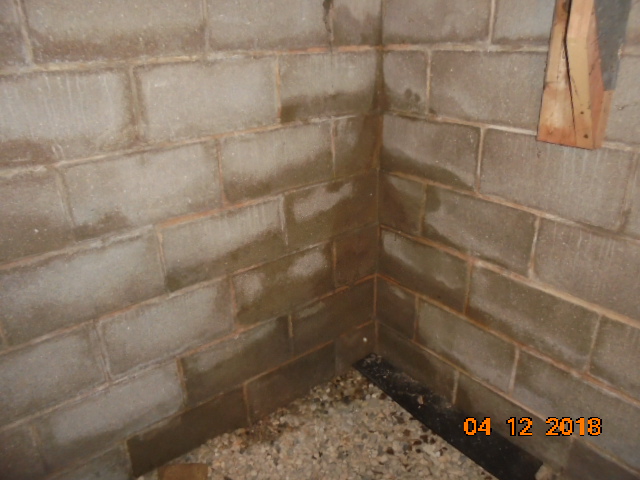
The amount of solar energy available is 10,000 times more than what is needed for humans. Properly capturing and using .02 present of the sun light would be enough to replace all other fuel sources. Solar energy is non-polluting and renewable.
This is an image of one of 5 room heaters located in different rooms of a 4 bedroom 2 story 1600 sq ft home. The heaters are thermostat controlled. This type of heating Is most likely very inefficient for this type of home.
In Central Air Conditioner System Inspection I learned that you can make changes to the rest of the house in order to reduce the stree on the air conditioner. One change could be swapping out incandescent lights for compact fluorescent lights to reduce the heat emitted.
In this photo the window are single pane glass windows and are one of the least energy efficient windows on the market. There are special coatings that can increase the u value of the window but gas infused double or triple pane are superior products for energy efficiency.
Window mount air conditioners are one of the least energy efficient ways to air condition a home. They have a seer efficiency of 11 which even at that rate is not very capable of cooling a complete home and would have to run all the time in hot weather.
This exterior wall in a basement stair well was not insulated. This is a large area that will lead to an energy loss. It is highly recommended to add insulation to the open space to help save on your energy bills.
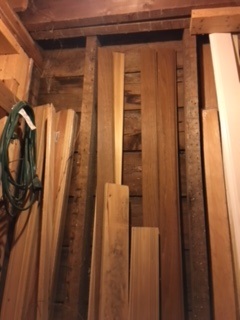
The article on blower door testing is straight forward. It brings to light of some potentially serious conditions if pilot lights are not surveyed prior to doing the test. It even brings up a reminder to make sure ashes are cleaned out of the fireplace. This is one area I could see someone forgetting.
Blower door test. This test is provided by a certified energy assessment. This is different then a home energy score. The blower door test is an active test that will depressurize the house as if there is a 20 mile hour wind hitting the building from all sides as air is being drawn out of the home.
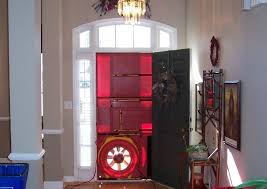
Becoming a certified home energy score assessor will help to determine the general efficiency of a home and will help the homeowner decide on what improvements to make. I feel this is a good starting point but that a home energy assessor is really what is needed to determine where the air infiltration is and to really seal up the home
This picture is of a basement box sill that is not insulated and is showing signs of condensation damage. Typically fiberglass insulation is placed in the cavity between joists with the vapor barrier toward the heated side. (basement) A much better way to do this now is using spray foam.
Ice Damming is caused when heat loss causes snow melt on the roof. The water runs down the roof until it gets over the eave and refreezes causing the ice dam. Subsequent water will then not be able to drain and gets pushed up and under the shingles causing damage to the roof sheathing and the ceiling below. This can be avoided by properly insulating the attic as well as proper venting.
This is a photo of a 2003 forty gallon direct vent hot water heater. While the heater meets the home owners needs it at the end of its service life and no longer meets energy efficient guide lines. There are many water heating options available including on demand and solar to name a few.
Cooling Strategies “Cool Energy -Efficient Roofs”
The basic properties of a cool roof include solar reflectance and thermal emittance. Reflectance is the ability of a product to radiate heat away from a structure and thermal emittance is a product’s ability to release heat it has absorbed. These both work in concert to increase material life and reduce heat build up and there by saving energy.
Cool roof products can be obtained in coatings and sheets.
One of the most obvious ways to cut down on your energy bills is to install a high efficiency furnace. Because these furnaces are able to extract more heat from the gas they consume, they use less energy to heat your home and begin to save you money immediately.
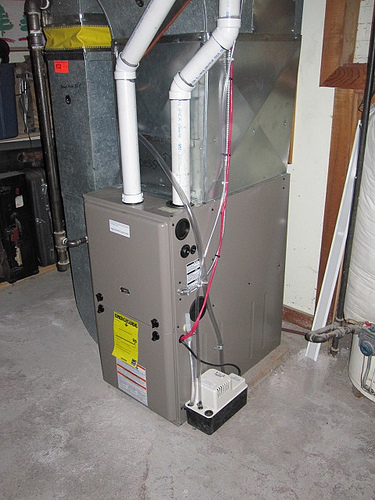
The first is its AFUE rating. Low efficiency units have a rating of 56 to 70 percent and may be more than 20 years old. A heating system operating at medium efficiency has an AFUE rating of 80 to 83 percent. The most highly efficient systems are rated between 90 and 98 percent efficient.
One of the most overlooked and easiest to address HVAC energy efficiency “improvements” is simply changing a dirty return air filter. Not only can this deficiency cause major appliance damage, but a clogged filter can use 15% more energy which translates into a complete waste of money.
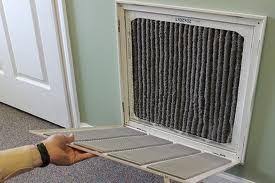
Saving energy is much like the whole body approach to one’s health. If one part is not functioning properly, instead of the knee-jerk response of taking a pill, it makes sense to step back and assess each individual part as contributing to the whole body. How do they interact together, and how best to achieve the desired goal of optimum health and comfort, whether body or house, at the most affordable rate.
Often darker areas of insulation are misdiagnosed as a mold-like substance when in reality the darker area of insulation is dirt from air leakage. Dirty insulation is an excellent indicator of an air leak that requires further investigation to determine the source of the air leak. Once the source of the air leak can be identified, then necessary actions can be recommended for correction.
